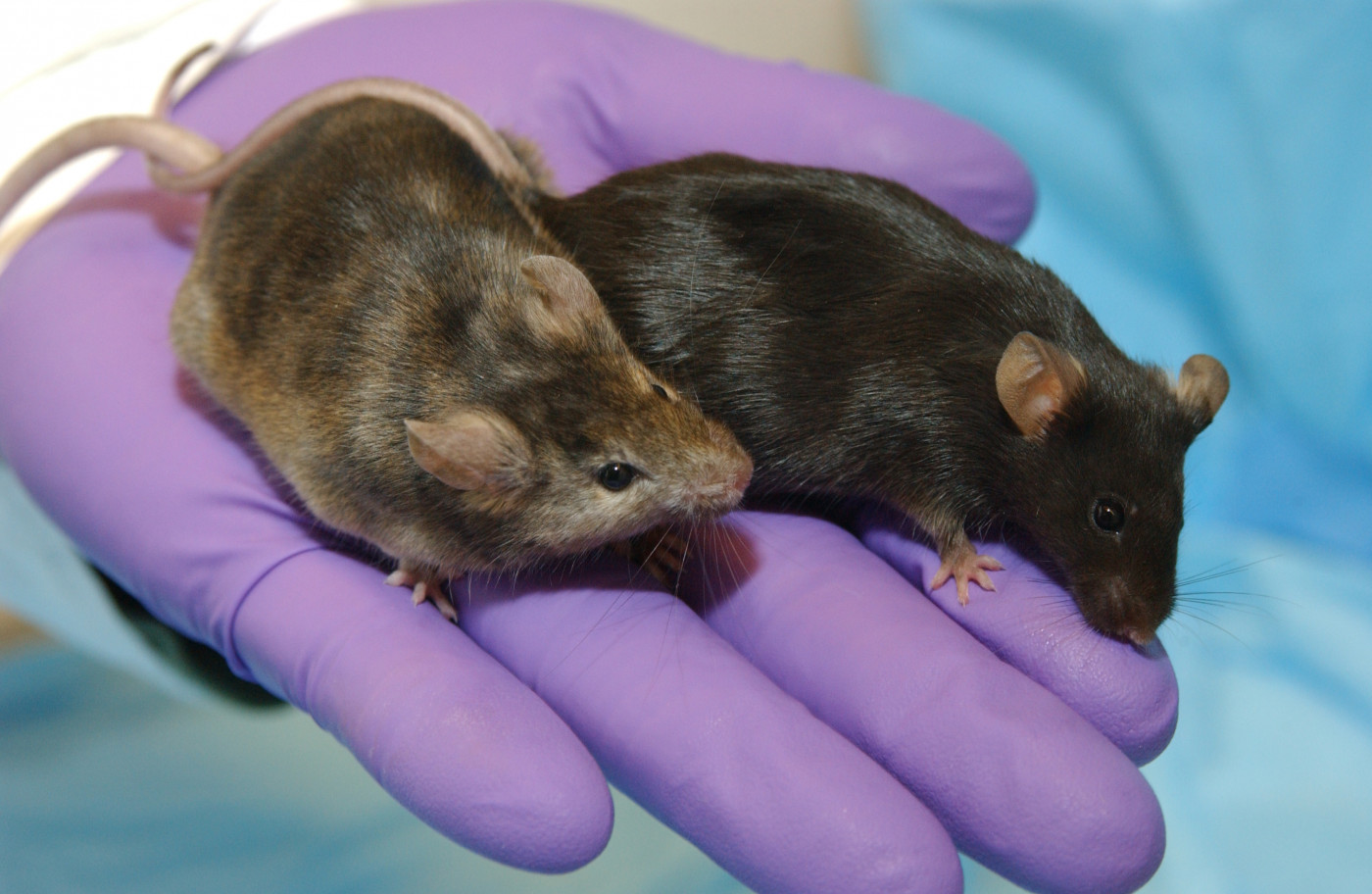Mouse Model for CLN6 Disease Shows Sex-specific Differences in Behavior, Lifespan, Study Finds

Mouse Model of Batten's Disease
A mouse model representing CLN6 disease, a subtype of Batten disease, shows that females have different symptoms and a shorter lifespan than males, a study reports.
This highlights the need for considering sex-specific differences in Batten disease progression when treating patients and developing therapeutic strategies.
The study, “Tracking sex-dependent differences in a mouse model of CLN6-Batten disease,” was published in Orphanet Journal of Rare Diseases.
To test potential therapies for CLN6 disease, researchers can examine several different types of mice. One such mouse model called Cln6nclf contains a similar mutation found in human patients and develops the classical hallmarks of Batten disease, including retinal degeneration and premature death.
Many past Batten disease studies have excluded female mice to avoid confounding variables related to sex hormones and differences in the X and Y chromosomes. However, by doing so, translating findings in mice to female patients is limited because of differences between sexes that may affect disease susceptibility and severity as well as therapeutic effectiveness.
Different symptoms have been reported between men and women with other neurodegenerative diseases, such as Alzheimer’s disease, Parkinson’s disease, and multiple sclerosis. In addition, patients’ response to treatment varies by gender, because sex hormones and other differences in chromosomes may affect therapeutic value.
Some Batten disease subtypes have shown differences in disease progression depending on the sex of the patient. In CLN3 disease, female patients on average start experiencing symptoms one year later than their male counterparts, have accelerated disease progression following symptom onset, and have a shorter lifespan by one year.
Additionally, a mouse model for CLN8 disease that initially did not consider sex-based differences has been updated with recent work showing that female behavior is more greatly affected.
These findings prompted researchers at Sanford Research and the Sanford School of Medicine in South Dakota to investigate differences between genders in outcomes associated with CLN6 disease. To do so, they explored disparities in disease onset and progression between male and female Cln6nclf mice.
They examined two areas of the brain that are affected early in Batten disease — the thalamus and somatosensory cortex — of normal and Cln6nclf male and female mice for differences. The thalamus relays sensory information and acts as a center for pain perception, while the somatosensory cortex processes sensations, or external stimuli, from our environment.
The researchers looked for differences in:
- autofluorescent storage material content — an indicator of brain cell aging
- ATP synthase subunit C content — another indicator of brain cell aging
- reactive gliosis — a measure of disease severity
- brain cell (neuron) number — another indicator of disease severity
- behavioral tests — an indicator of brain function
- survival outcomes
When examining the aging of brain cells, the researchers found differences between male and female Cln6nclf mice. Males showed an increase in autofluorescent storage material at 2 months; however, at 6 months, the females had vastly increased levels of autofluorescent storage material.
On the other hand, female Cln6nclf mice showed greater subunit C burden than male mice at 2 months of age, but this difference leveled off between the sexes by 6 months. The researchers propose that the increased accumulation of autofluorescent storage material in the 6-month-old female mice is likely due to the contribution of components other than subunit C.
Male Cln6nclf mice had heightened reactive gliosis in the somatosensory cortex than their female counterparts at 6 months of age. Because glial activation can promote brain cell survival, the researchers also assessed whether there was any neuronal loss between the male and female Cln6nclf mice at these time points. They did not observe a gross loss or stabilization of neurons in either sex up to 6 months of age.
Female mice began to perform more poorly on behavioral tests as early as 6 months, having difficulty with learning and memory tests. The female mice also had a shorter lifespan than their male counterparts.
“Here, we provide the first sex comparison of pathological and behavioral differences in Cln6nclf mice, finding notable differences between the sexes,” the researchers wrote.
As of now, no definitive treatment exists for CLN6 disease. However, as potential treatments are being discovered and developed, these findings point to the importance of taking into account sex-related differences to properly treat men and women with Batten disease.
“The Cln6nclf mouse model echoes the accelerated disease progression reported of females with Batten disease, and this information will be instrumental in providing appropriate treatments to female Batten disease patients in the future,” the researchers concluded.





